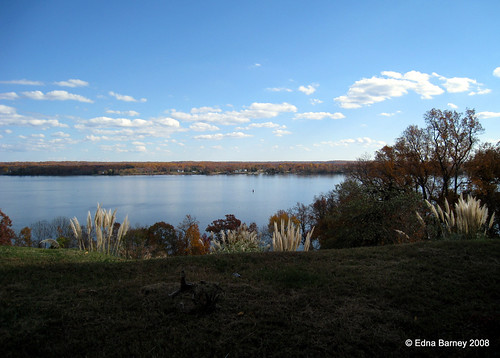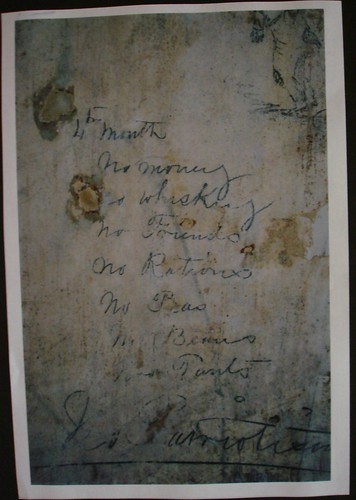
The first major battle of the Civil War was fought, 21 July 1861, near the Manassas, Virginia railway junction, and became known as the First Battle of Manassas by the Confederates and the First Battle of Bull Run, by the Union. The armies in this first battle were not very large by later Civil War standards. The Federal forces of about 30,000 troops were commanded by Brigadier General Irvin McDowell. The Confederates had two armies, the Confederate Army of the Potomac under command of Brigadier General Pierre G. T. Beauregard, and the Army of the Shenandoah, commanded by Brigadier General Joseph E. Johnston.
When General Beauregare ordered his fresh troops to attack the right flank of the advancing Union army, the Yankees heard for probably the first time a sound that would bring instant chills throughout the remainder of the war. The 6,500 attacking Confederates let loose with a shrill, yelping fox hunter's call, which became known as the "
Rebel Yell." It terrified the Yankee soldiers into a disorganized rout.
The heroes of the day were a brigade of
Virginia soldiers commanded by Brig. Gen.
Thomas J. Jackson who refused to lose any ground. Because of their heroic obstinancy, Confederate Brig. Gen.
Barnard Bee famously shouted the order: "
Look! There is Jackson standing like a stone wall! Rally behind the Virginians!" The Confederates did and the battle resulted in a humiliating rout of
Union forces and a disorderly retreat, bringing the battle to a halt. General Jackson became known as "
Stonewall Jackson" and the brigade as the "
Stonewall Brigade".
General Beauregard won the day by attacking the Federals and causing their disorganized retreat. The elite of
Washington, D.C. had treated the war as a spectator sport and rode out to the battlefield to picnic. When the Union Army was driven back, the roads back to Washington were blocked by terrified civilians and their carriages. If the Confederates had chased the Yankees back to Washington, they could probably have won the war. However, they were too tired and inexperienced to conduct an effective pursuit, so the battle ended.
The Federals lost about 3,000 casualties (killed, wounded, and captured or missing), and the Confederates suffered about 2,000. These horrific casualty numbers for one day's battle stunned the nation. The Stone House, which served as an aid station, still stands today as it has since the 1840s, overlooking the Warrenton Turnpike.
Linked at
Llama Butchers where there is more discussion.
 .
.










That grows on fields where valor led,
It seems to signal to the skies
That blood of heroes never dies.